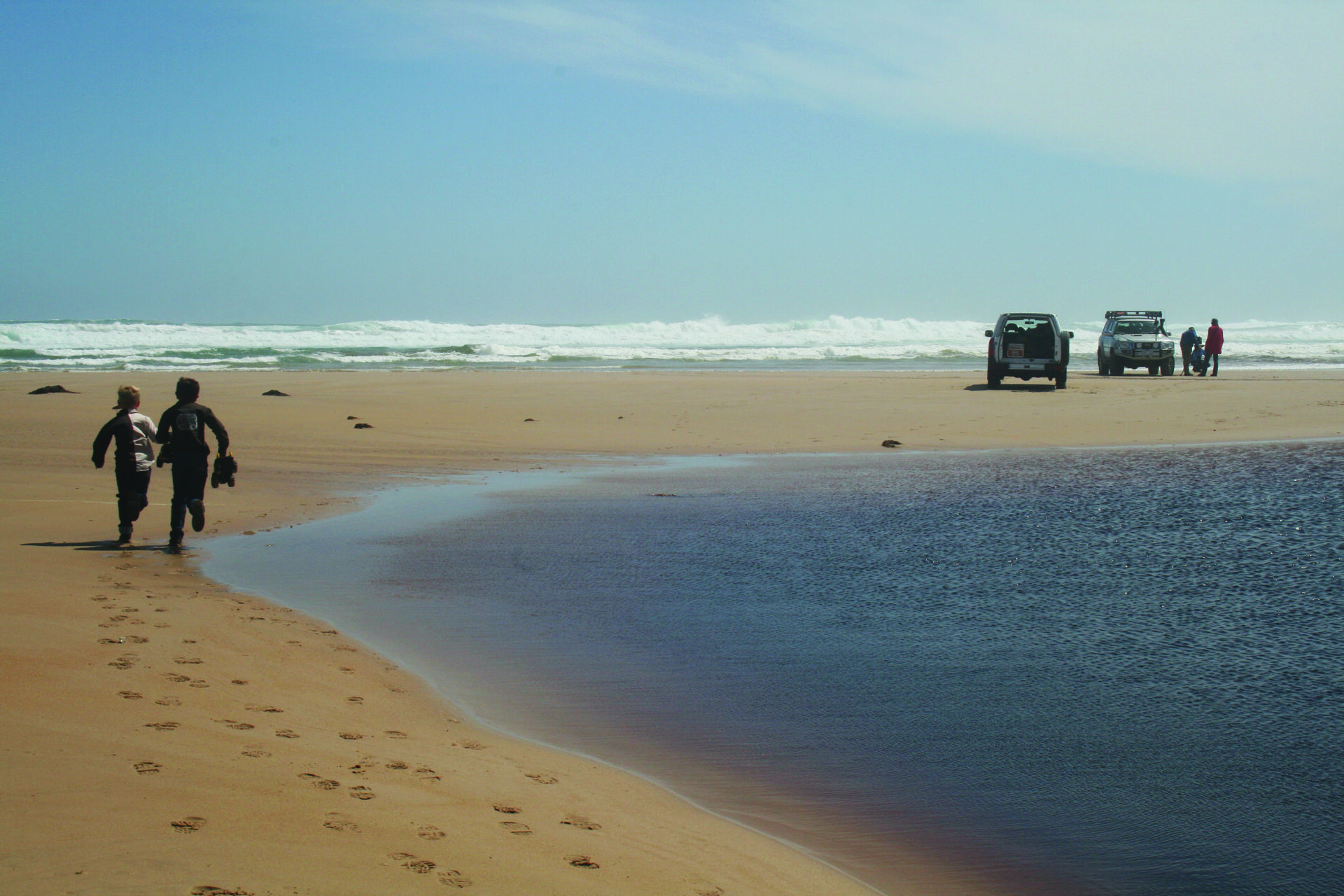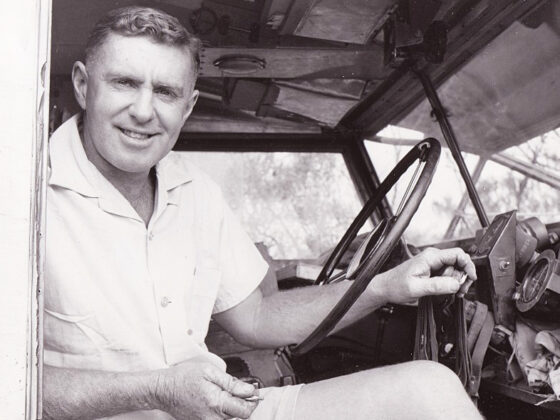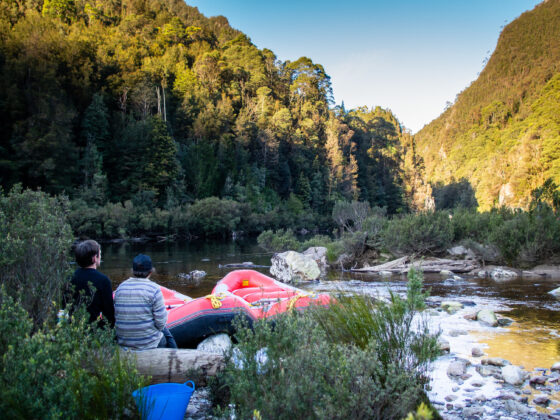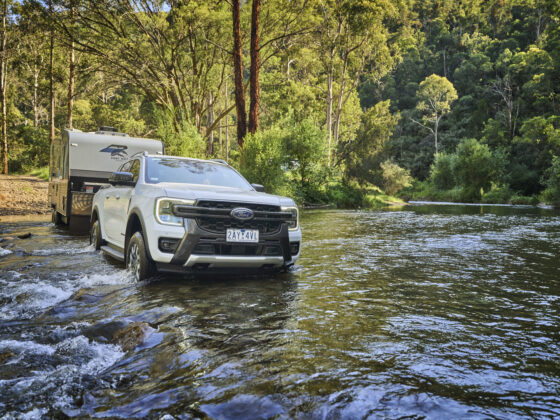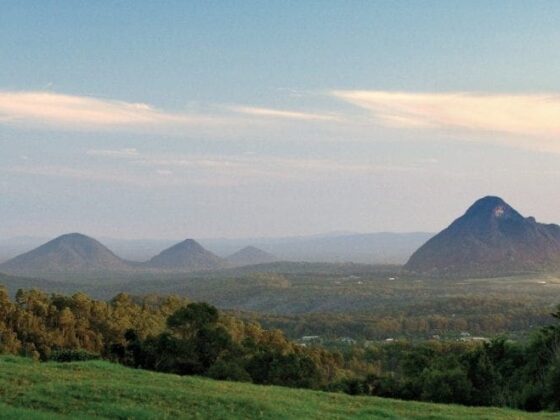The West Coast and the Arthur-Pieman Conservation Area (APCA) in Tassie are revered by 4X4ers as rugged, challenging landscapes that offer a true test for any 4X4er. These remote areas, with their diverse terrains and breathtaking scenery, have long been a haven for adventurers seeking an authentic connection with the wild. However, the recently released “West Coast Off-Road Vehicle Strategy” by Parks and Wildlife Service Tasmania is stirring mixed emotions in the 4X4 community. While the strategy aims to balance recreational use with the preservation of natural and cultural values, many 4X4ers fear that the proposed upgrades will lead to a “de-wilding” of the wild, fundamentally altering the very essence of what makes these regions special.
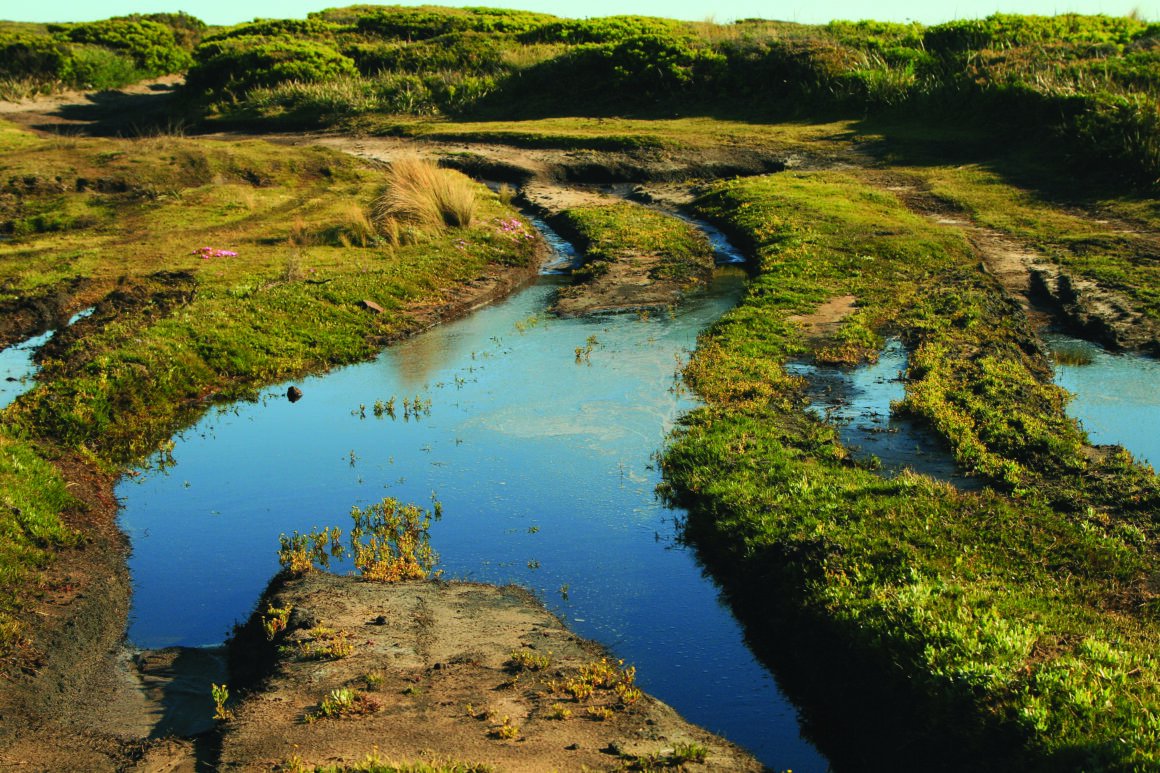
The Allure of the Untamed
For decades, the APCA and West Coast of Tassie have attracted 4X4ers looking for a raw, unfiltered adventure. Iconic tracks like Climies, Sandy Cape, and Montezuma Falls challenge drivers with their demanding conditions, rewarding those who can navigate their obstacles with stunning vistas and access to country few make the trek to see. The thrill of conquering these tracks lies in their unpredictability and the skill required to traverse them—qualities that many fear will be lost with the proposed changes.
One of the core components of the new strategy is making the tracks more accessible. While this might sound beneficial in theory, for seasoned 4X4ers, it raises a red flag. There’s a genuine concern that improving track conditions and facilities to accommodate a broader range of vehicles, including 2WDs, will dilute the nature of the experience. The unique challenges that define 4X4ing in Tasmania could be smoothed out, leading to a homogenised experience that falls short of the wild adventure enthusiasts crave.
Take, for example, the Balfour Track. Known for its deep water holes and muddy sections, it’s a favourite among hardcore 4X4ers. The strategy proposes hardening these areas to prevent environmental damage from multiple diversion tracks. While the intent is noble, the result could be a track that’s significantly less challenging and, consequently, less rewarding for those seeking proper wilderness.
The Double-Edged Sword of Improved Facilities
The strategy also calls for upgrading basic facilities such as camping areas, toilets, and day-use shelters. For many 4X4ers, the lack of amenities is part of the appeal. The need to be self-sufficient and prepared for anything adds to the sense of adventure. Enhanced facilities almost always attract visitors who are less prepared for the challenges of remote 4X4ing, potentially leading to more traffic and environmental degradation.
Likewise, improved facilities could change the character of the Tassie wilderness. Designated camping areas and upgraded toilets might make the region more comfortable, but they also introduce an element of domestication that contrasts sharply with the untamed spirit of the West Coast. The fear is that the very elements that make these areas wild and challenging could be eroded in favour of a more sanitised, tourist-friendly experience.
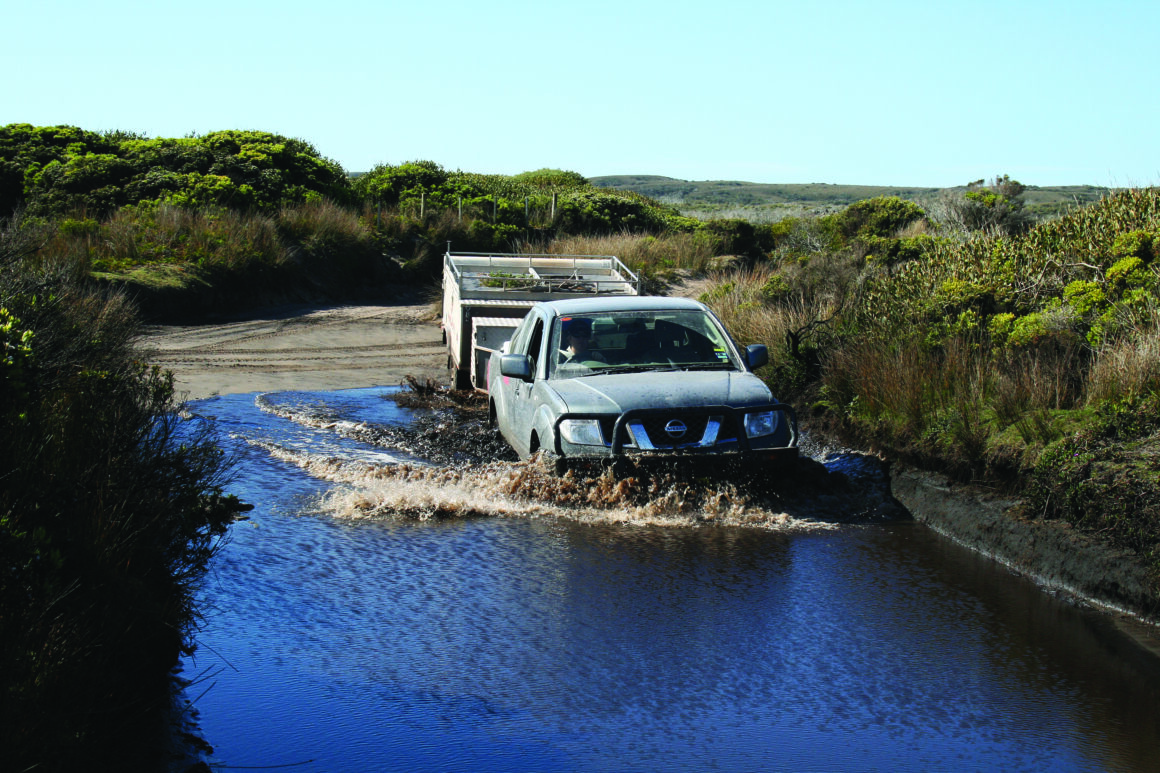
Keeping the Wild Wild
As the West Coast Off-Road Vehicle Strategy moves forward in Tassie, it’s crucial for the 4X4 community to remain engaged in the process. There’s a delicate balance to be struck between making the region sustainable and maintaining the wild, untamed experience that draws adventurers to Tasmania’s West Coast.
By voicing our concerns and working with land managers, 4X4ers can help ensure that these areas remain challenging, rewarding, and fiercely wild. After all, the true essence of 4X4ing lies not in convenience, but in the unknown and the satisfaction of conquering the untamed. The wild should remain a place of adventure, where the spirit of exploration thrives, and the journey is as important as the destination.



